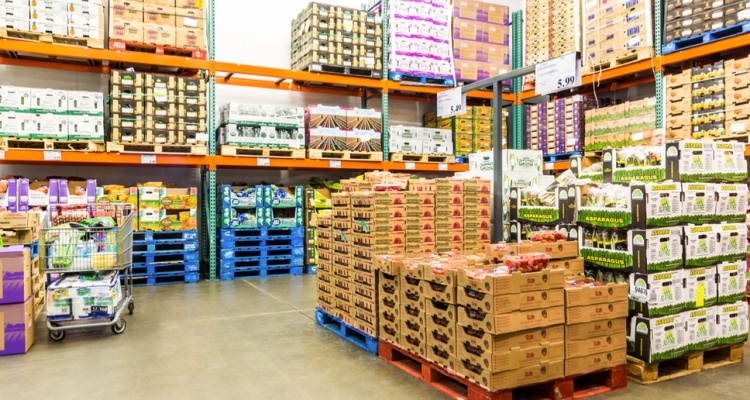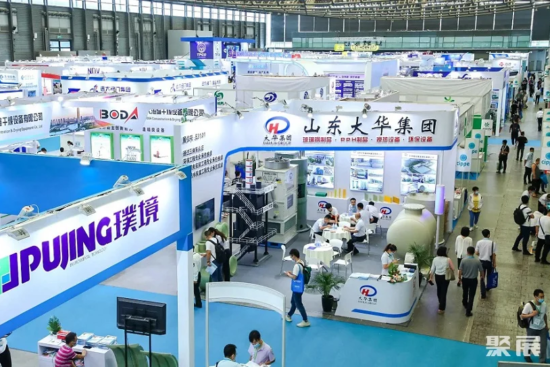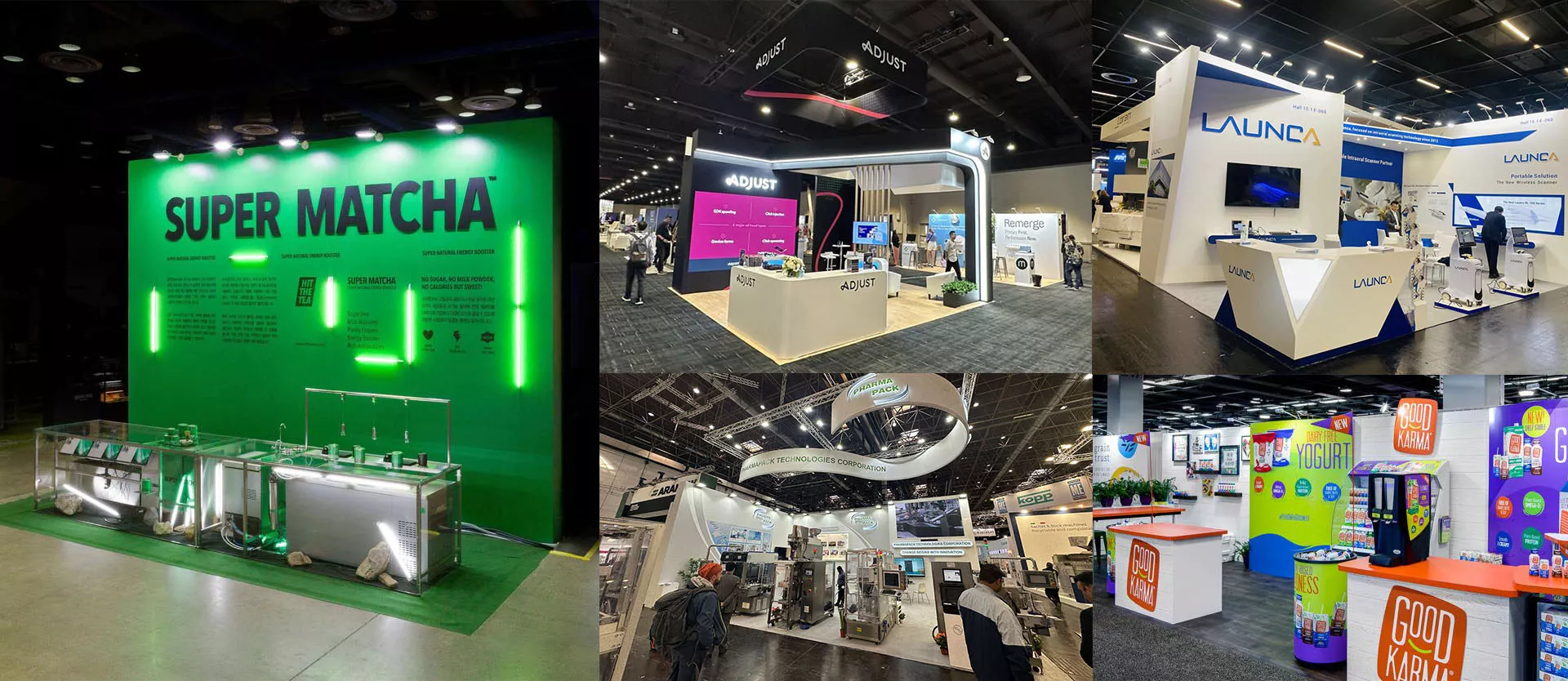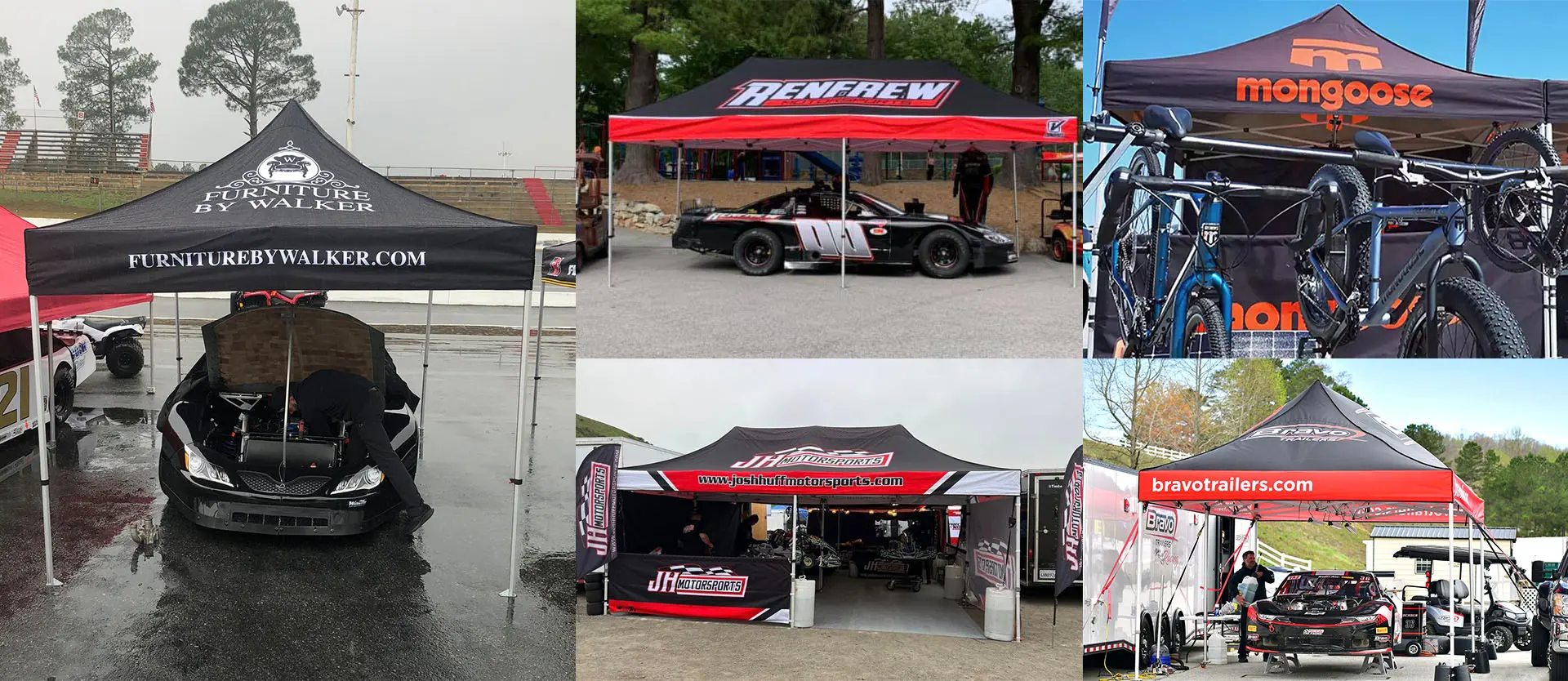Things to note when building and purchasing cold storage
Cold storage facilities are critical for preserving temperature-sensitive products such as food and pharmaceuticals, which are critical to global supply chains. As demand for cold storage continues to surge with the rise of grocery delivery services, the expansion of e-commerce, and growing medical storage needs, developers and property owners must prioritize appropriate design to address the specific challenges posed by rooftop systems. The roof is the area of the building envelope that has the greatest potential to impact the long-term performance of the facility. Also Read: Refrigerated Logistics Lands on Nasdaq A high-performance roof is an interdependent material system that includes a roof membrane, high R-value insulation, and an air and vapor barrier. As a system, the roof is critical for controlling temperature, preventing condensation and improving energy efficiency. With modern insulation materials such as polyisocyanurate (polyiso), cold storage facilities can increase energy efficiency and reduce operating costs while ensuring the safety and integrity of stored goods. The integration of…
North American ports invest in cold storage capture
The refrigerated freight industry has become the fastest growing industry at North American ports, driving new investment in cold storage facilities. Speaking at the American Association of Port Authorities annual meeting, industry leaders highlighted the surge in refrigerated cargo and the need to replace outdated infrastructure to accommodate this high-margin market. Also Read: Refrigerated Logistics Lands on Nasdaq As many cold storage facilities in North America age (more than half are over 40 years old), operators such as Cold Summit Development are taking the lead in replacing inefficient facilities with modern port warehouses. “Most existing cold storage facilities require upgrades to meet today’s design and cooling efficiency standards,” explains Eric Casey, executive vice president of Cold Summit. The Port of Wilmington, North Carolina, exemplifies this trend, with a new cold storage development designed to balance local cargo flows. Brian Clark, executive director of the North Carolina Ports, noted the port's strategy to support import and export needs, handling everything from…












